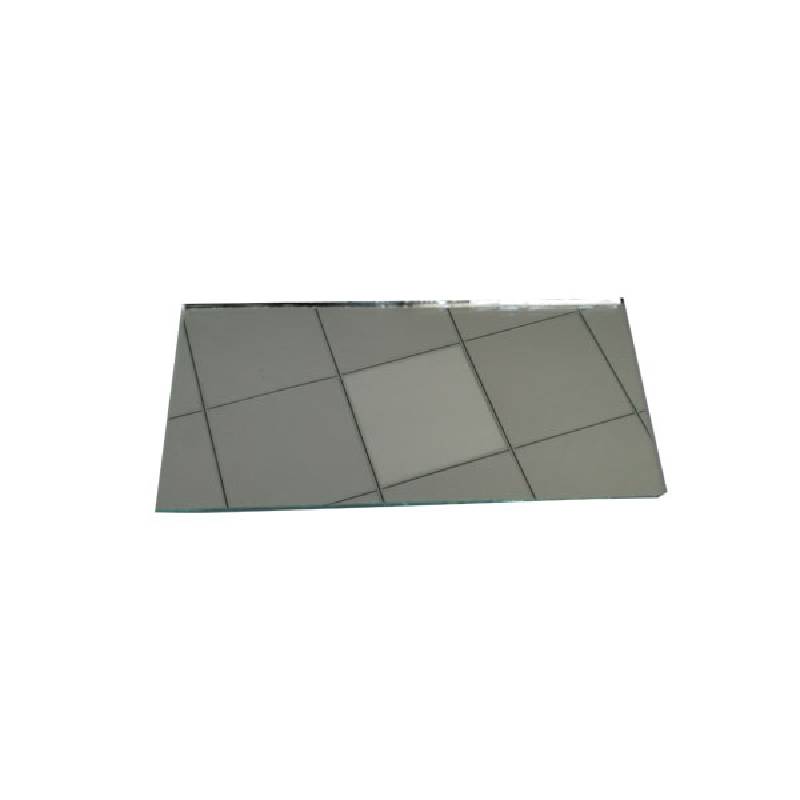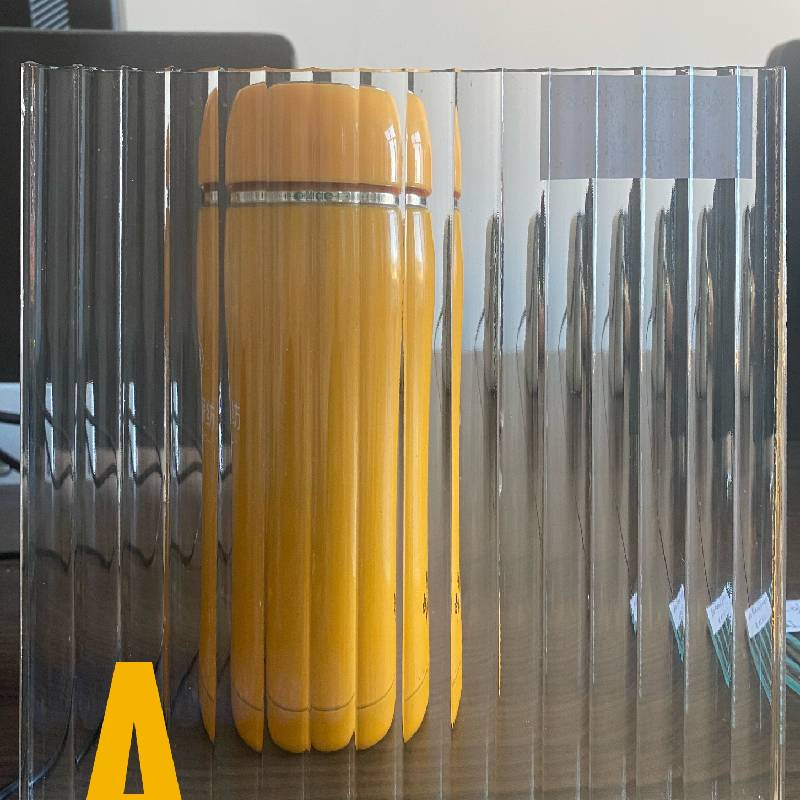Investing in toughened glass for your windows is a crucial decision that blends aesthetics with practicality, often bringing questions about its pricing. Understanding the factors influencing the cost can save you both time and money, ensuring that you select the right product for your needs without overextending your budget.

Toughened glass, also known as tempered glass, undergoes a thermal treatment process, enhancing its strength compared to standard glass. This robust nature makes it an excellent choice for window installations where safety, durability, and resistance to environmental elements are paramount. However, the price of toughened glass for windows can vary significantly based on several critical factors.
Firstly,
the thickness of the glass is a major determinant of price. Typically, toughened glass is available in various thicknesses, ranging from 4mm to over 19mm. Thicker glass not only provides better insulation and soundproofing but also raises the price due to the increased materials and manufacturing complexities involved. Therefore, understanding the specific requirements of your windows, such as the level of insulation or sound dampening needed, can help you make an informed decision without unnecessary expenses.

Secondly, the size and shape of the glass panel play an essential role in costing. Custom shapes and sizes, tailored to fit unique architectural designs or specific project requirements, often incur higher costs. Standard-sized glass panels are generally more affordable due to mass production efficiencies. When planning, consider whether standard options can meet your aesthetic and functional needs. This can significantly reduce costs while still achieving the desired effect.
toughened glass for window price
Additionally, specific coatings and treatments can affect the price of toughened glass. For example, low-emissivity (Low-E) coatings enhance energy efficiency by minimizing infrared and ultraviolet light that passes through the glass. Although this coating increases upfront costs, it can result in long-term savings on energy bills by improving the thermal efficiency of your windows. Similarly, self-cleaning or scratch-resistant coatings add to the initial outlay but offer added convenience and longevity.
Geographic location also influences the pricing of toughened glass due to varying manufacturing costs, distribution logistics, and market demand. Regions with higher manufacturing capabilities or those closer to production facilities may offer lower prices compared to areas that rely on imports. It is beneficial to research local suppliers to find competitive pricing that does not compromise on quality or service.
Finally, while discussing the cost, it's essential to consider after-sales services offered by suppliers or manufacturers. Reliable companies often provide warranties, installation services, and customer support, which adds value beyond the initial purchase. Evaluating these aspects ensures a balance between cost and overall worth, providing you with peace of mind about your investment in new windows.
In summary, navigating the pricing landscape of toughened glass for windows requires a detailed understanding of the product’s specifications, market factors, and additional services offered by suppliers. By considering the thickness, size, special treatments, geographic factors, and after-sales services, you can make an informed purchase that aligns with your aesthetic desires, functional needs, and budgetary constraints. This strategic approach not only ensures that you secure the best value but also enhances the efficiency, safety, and appeal of your living or working spaces.
 Afrikaans
Afrikaans  Albanian
Albanian  Amharic
Amharic  Arabic
Arabic  Armenian
Armenian  Azerbaijani
Azerbaijani  Basque
Basque  Belarusian
Belarusian  Bengali
Bengali  Bosnian
Bosnian  Bulgarian
Bulgarian  Catalan
Catalan  Cebuano
Cebuano  Corsican
Corsican  Croatian
Croatian  Czech
Czech  Danish
Danish  Dutch
Dutch  English
English  Esperanto
Esperanto  Estonian
Estonian  Finnish
Finnish  French
French  Frisian
Frisian  Galician
Galician  Georgian
Georgian  German
German  Greek
Greek  Gujarati
Gujarati  Haitian Creole
Haitian Creole  hausa
hausa  hawaiian
hawaiian  Hebrew
Hebrew  Hindi
Hindi  Miao
Miao  Hungarian
Hungarian  Icelandic
Icelandic  igbo
igbo  Indonesian
Indonesian  irish
irish  Italian
Italian  Japanese
Japanese  Javanese
Javanese  Kannada
Kannada  kazakh
kazakh  Khmer
Khmer  Rwandese
Rwandese  Korean
Korean  Kurdish
Kurdish  Kyrgyz
Kyrgyz  Lao
Lao  Latin
Latin  Latvian
Latvian  Lithuanian
Lithuanian  Luxembourgish
Luxembourgish  Macedonian
Macedonian  Malgashi
Malgashi  Malay
Malay  Malayalam
Malayalam  Maltese
Maltese  Maori
Maori  Marathi
Marathi  Mongolian
Mongolian  Myanmar
Myanmar  Nepali
Nepali  Norwegian
Norwegian  Norwegian
Norwegian  Occitan
Occitan  Pashto
Pashto  Persian
Persian  Polish
Polish  Portuguese
Portuguese  Punjabi
Punjabi  Romanian
Romanian  Russian
Russian  Samoan
Samoan  Scottish Gaelic
Scottish Gaelic  Serbian
Serbian  Sesotho
Sesotho  Shona
Shona  Sindhi
Sindhi  Sinhala
Sinhala  Slovak
Slovak  Slovenian
Slovenian  Somali
Somali  Spanish
Spanish  Sundanese
Sundanese  Swahili
Swahili  Swedish
Swedish  Tagalog
Tagalog  Tajik
Tajik  Tamil
Tamil  Tatar
Tatar  Telugu
Telugu  Thai
Thai  Turkish
Turkish  Turkmen
Turkmen  Ukrainian
Ukrainian  Urdu
Urdu  Uighur
Uighur  Uzbek
Uzbek  Vietnamese
Vietnamese  Welsh
Welsh  Bantu
Bantu  Yiddish
Yiddish  Yoruba
Yoruba  Zulu
Zulu 


